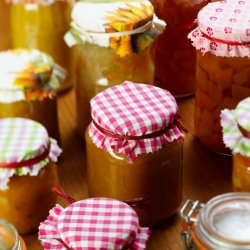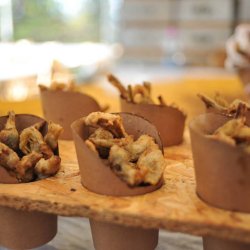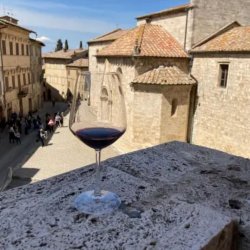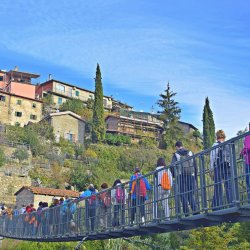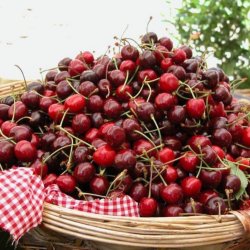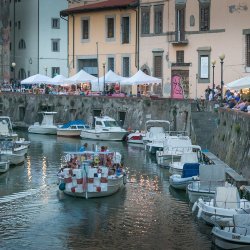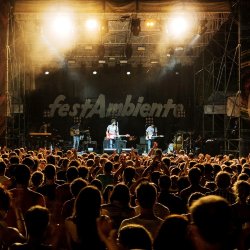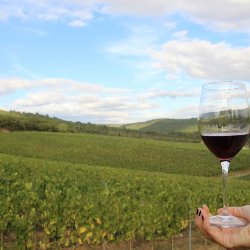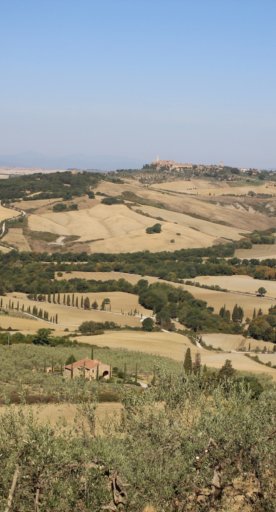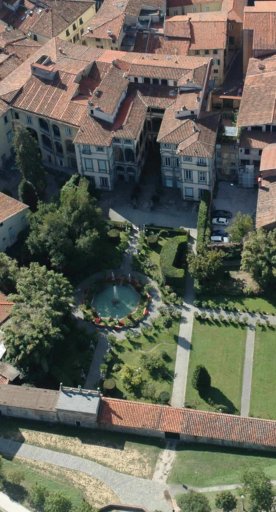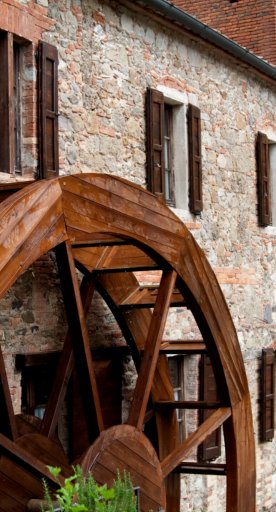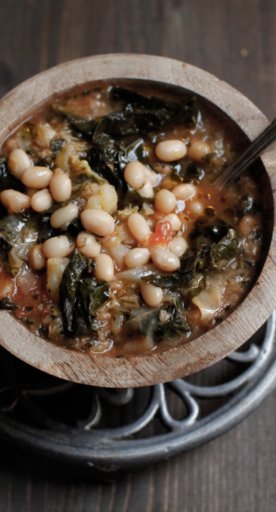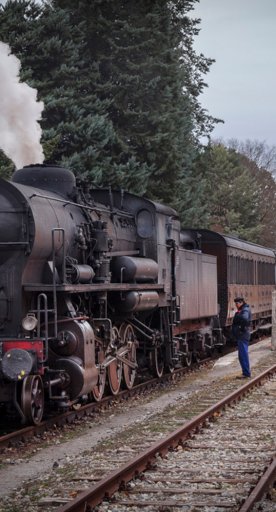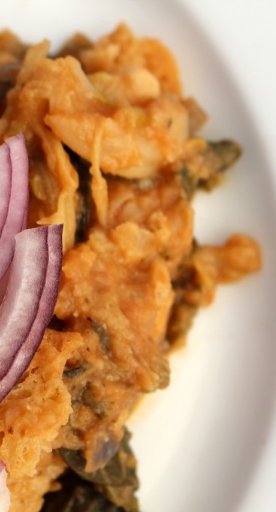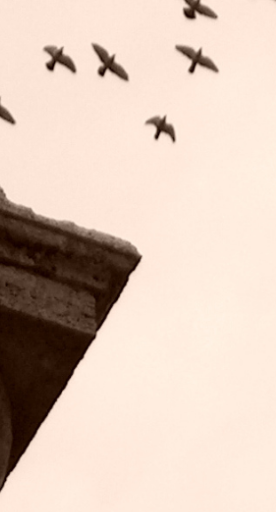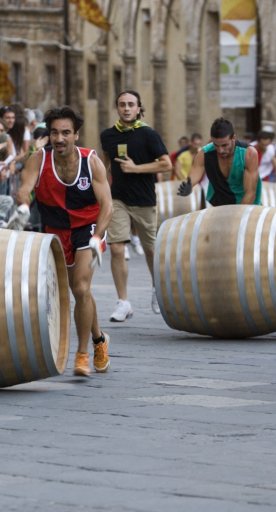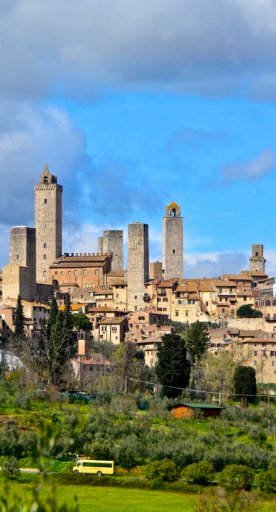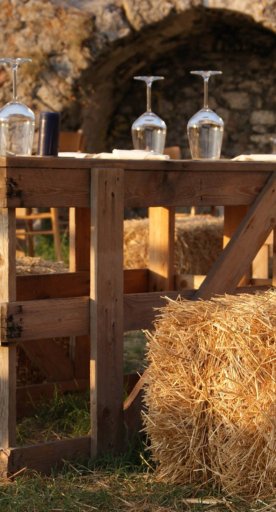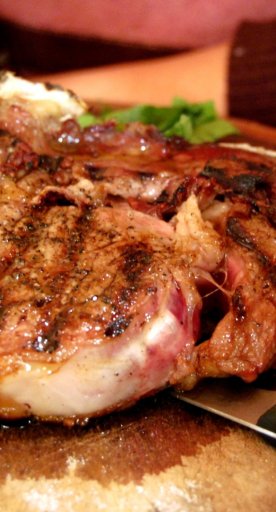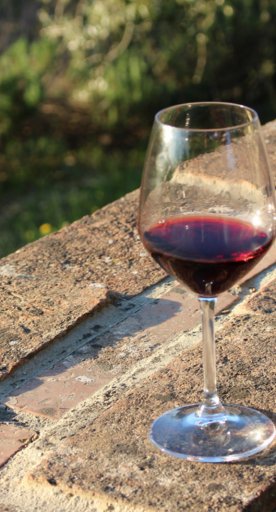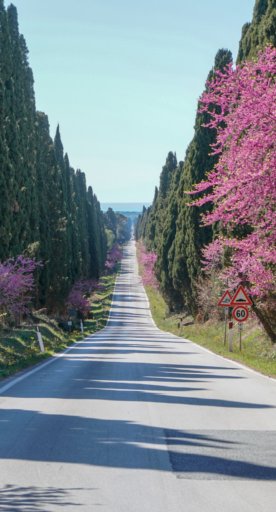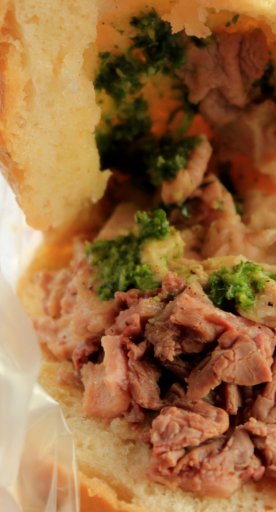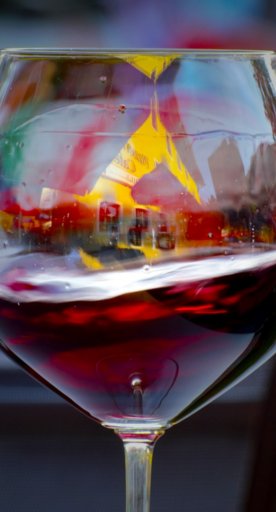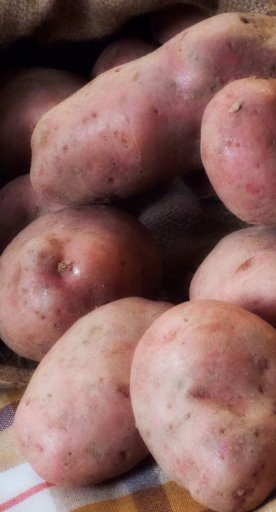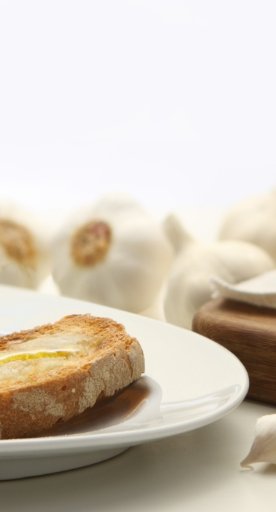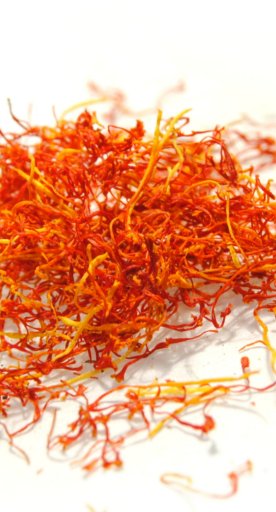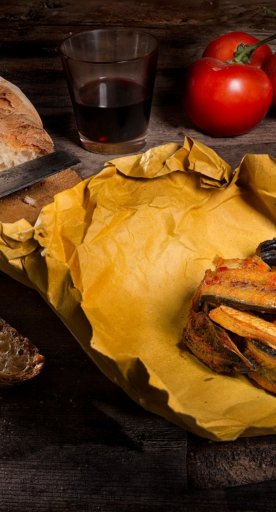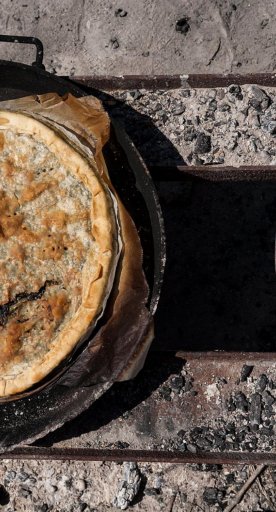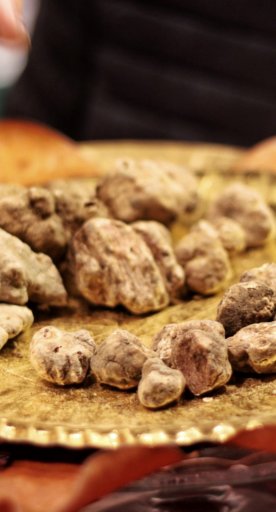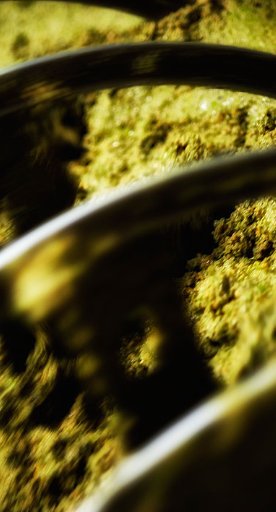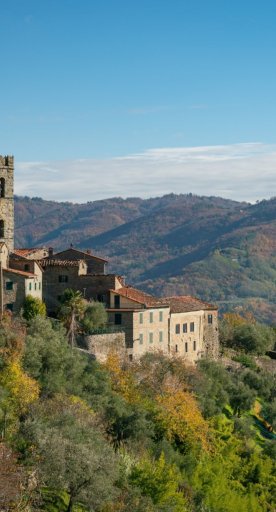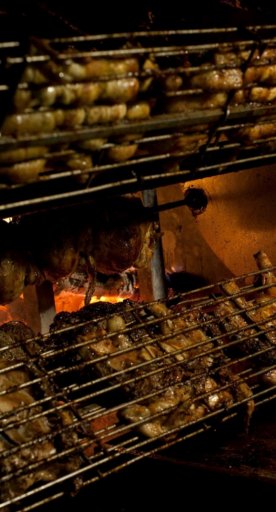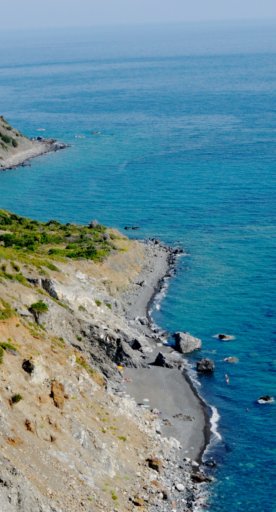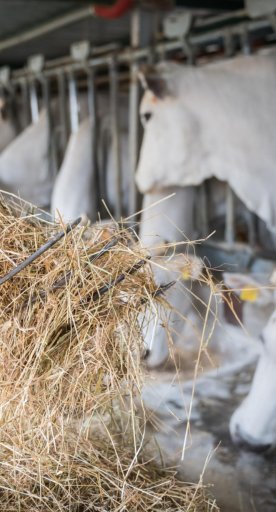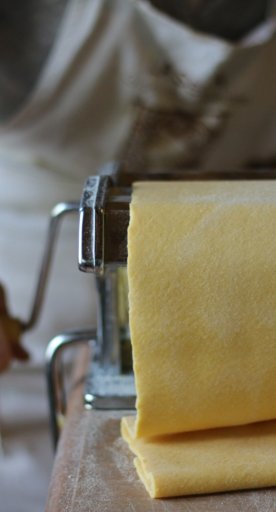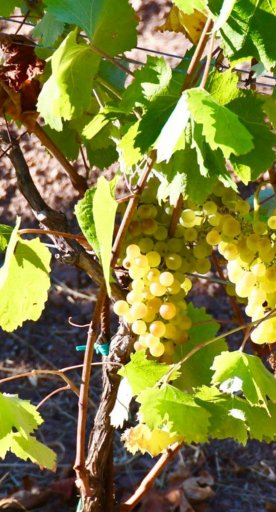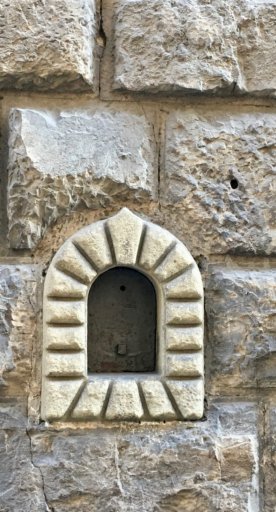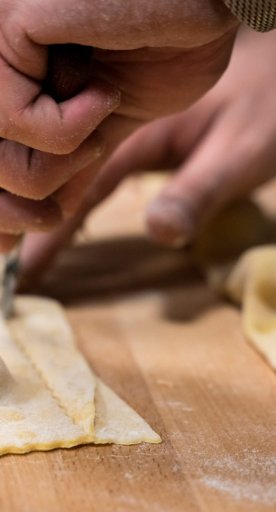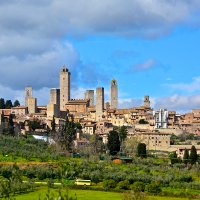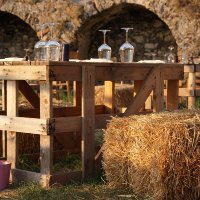Traditional cakes and cookies from Tuscany
Tuscany is a land of baked treats made in a variety of original ways
Who would ever have thought that one of Tuscany’s most famous cakes would be named after the northern Italian city of Mantua? We don’t know the actual origins of torta mantovana, although the most popular theory is that Isabella d’Este left the cake’s recipe when she travelled from Mantua to Rome in 1514, stopping at the Medici court in Florence on her way or that two nuns from Mantua were Antonio Mattei’s guests in Prato as they went to Rome for the Jubilee in 1875; Mattei was the city’s best baker and they gave him the recipe.
-
1.Specialities of Prato
-
2.Recipes of Florence
-
3.Festive treats
-
4.Lucca, Pisa and throughout Tuscany
Specialities of Prato
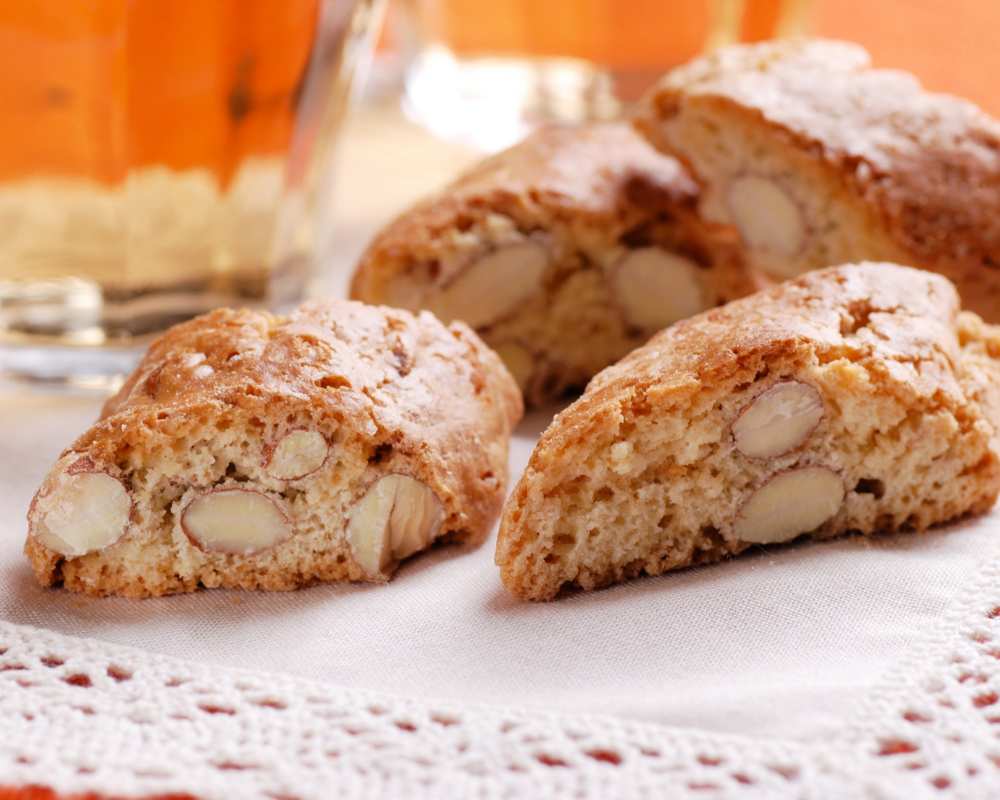
Also in Prato, we can snack on the super-famous cantucci or cantuccini, in the traditional almond version as well as the many variations on the theme concocted by the city’s bakeries: walnuts, dark chocolate, dried figs, candied fruit and pistachios. Also try the pesche di Prato, two half-spheres of shortcrust pastry dipped in alchermes liqueur and held together with a plain, zabaglione or chocolate filling.
Recipes of Florence
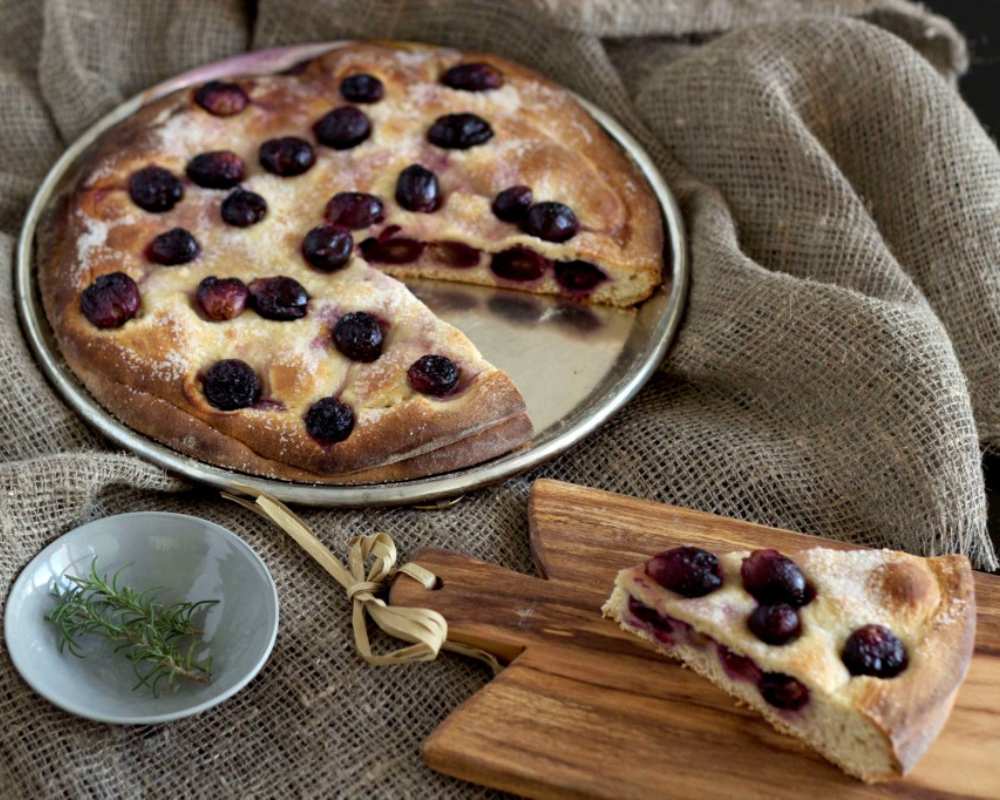
We head to Florence for a bite of schiacciata fiorentina. The adjective is needed to distinguish it from the normal schiacciata and schiacciatina, a salty flatbread used for snacks and filled with all sorts of delicious ingredients. Back to the cake: schiacciata fiorentina is found in the city’s bakeries during the winter carnival season. It’s sprinkled with icing sugar with the city’s fleur-de-lis on top; it’s filled with whipped cream in its most indulgent version.
A similar name, same thickness (or rather, flatness) but a very different sweet treat for schiacciata con l’uva, made at the end of the summer, when grapes ripen and are added to a flour and water dough. Adding extra sugar is optional.
Festive treats
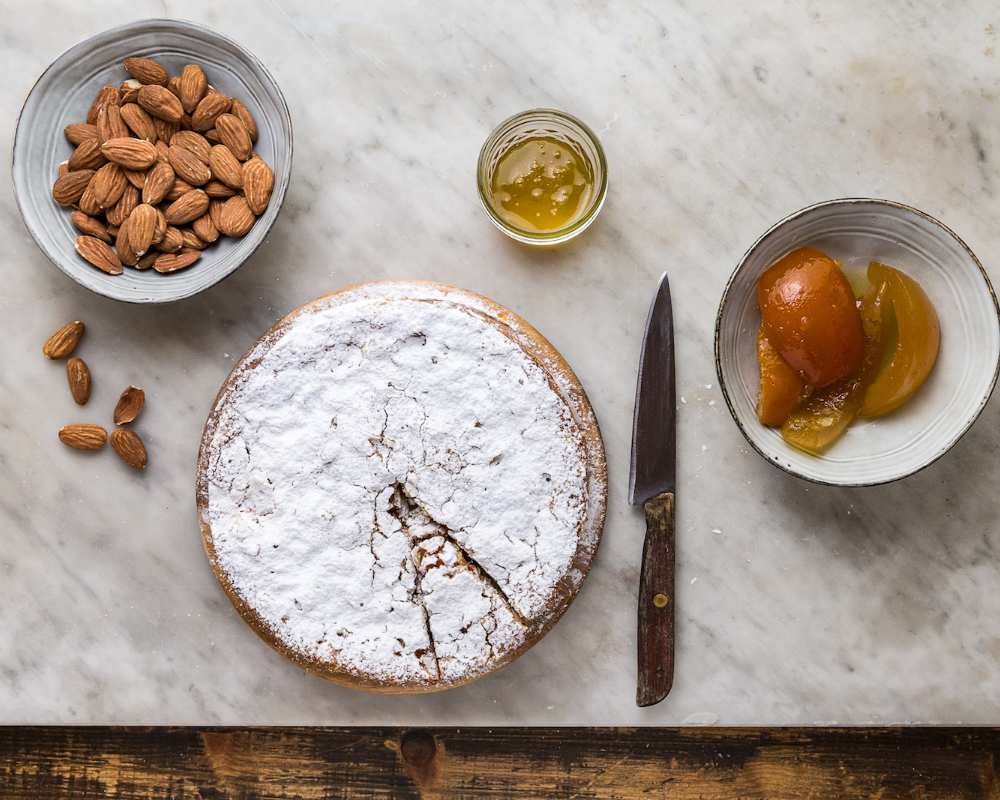
We move to Siena for two similar confectionery items: panforte and pan pepato. The former is a really old recipe, dating to around the year 1000. Countless variations have emerged down the centuries, including with almonds, candied fruit and spieces, Fresh fruit featured in the original recipe, which fermented in the heat to lend a acidulous flavour, hence the name panforte (“strong bread”). To ensure that the fruit didn’t ferment, the ingredients were changed in part and it started to be made in the winter only, thus becoming a Christmas cake. Sweet pepper and candied melon are added in pan pepato.
For New Year’s Eve there’s the tradition of making befanini, cookies that come from Viareggio, made from a rum-infused dough, cut into shapes and sprinkled with sugar strands.
Lucca, Pisa and throughout Tuscany
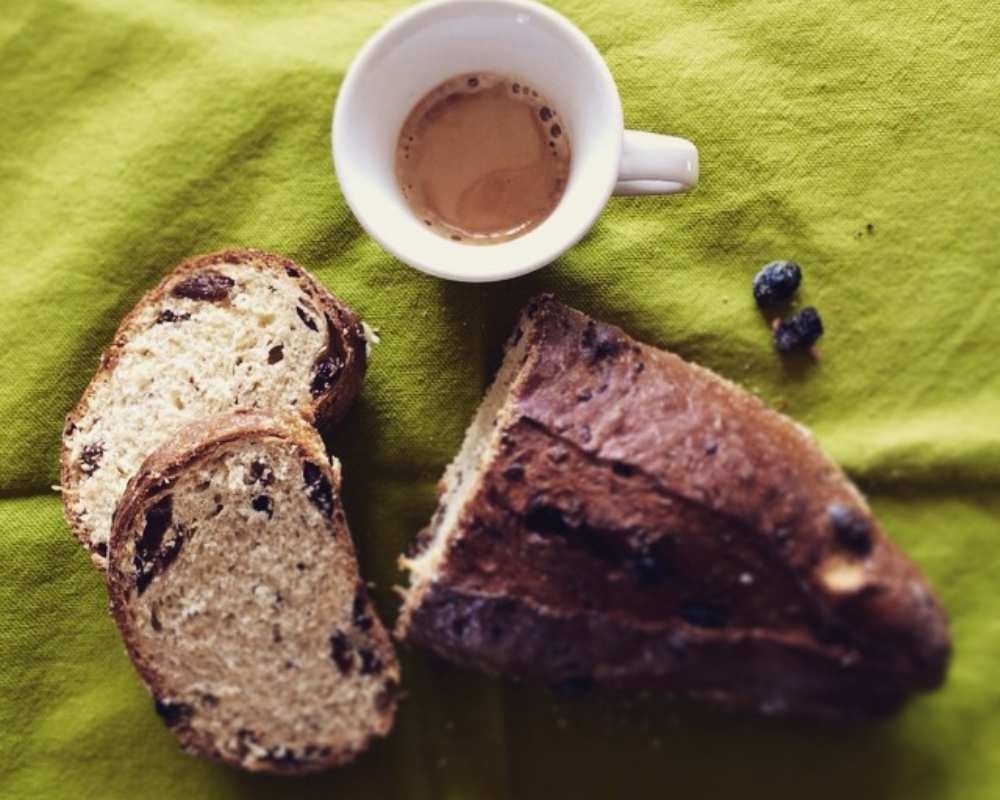
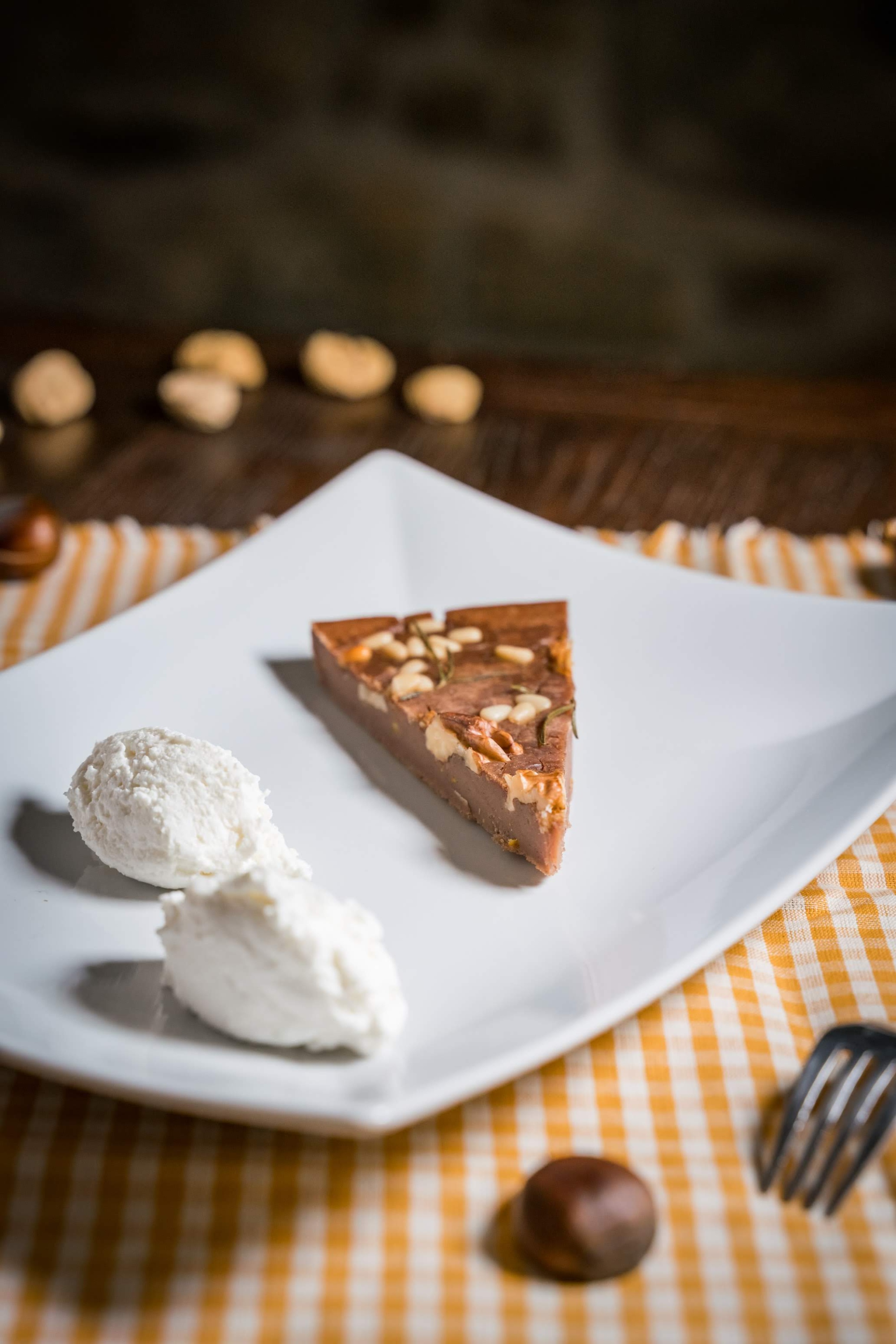
Heading inland and in Lucca, buccellato is sweet bread dotted with lots of sultanas and whose name comes from the bread once eaten by Roman soldiers (buccellatum).
Turning back towards the coast, Pisa is famous for its torta coi bischeri, a shortcrust pie filled with chocolate, rice and nutmeg.
Castagnaccio is made throughout Tuscany, a dessert hailing from the Apennines, where chestnuts drove the local economy and culture. Ground chestnuts were the main ingredients in the dough, whose surface was dotted with sultanas, pine nuts and rosemary before being baked.
This brief overview (although we should also mention the popular chocolate semolina tart, torta della nonna, torta del nonno, pinolata and scarpaccia) ends with an ice-cream cake: zuccotto. Its name is said to derive from the fact that Bernardo Buontalenti, architect and sculptor with a love of food, made it for the first time in a helmet, layering sponge cake, ricotta, cream and cocoa, chilling it before serving. It’s famous for its colour today, which comes from dipping the cake in alchermes liqueur.


